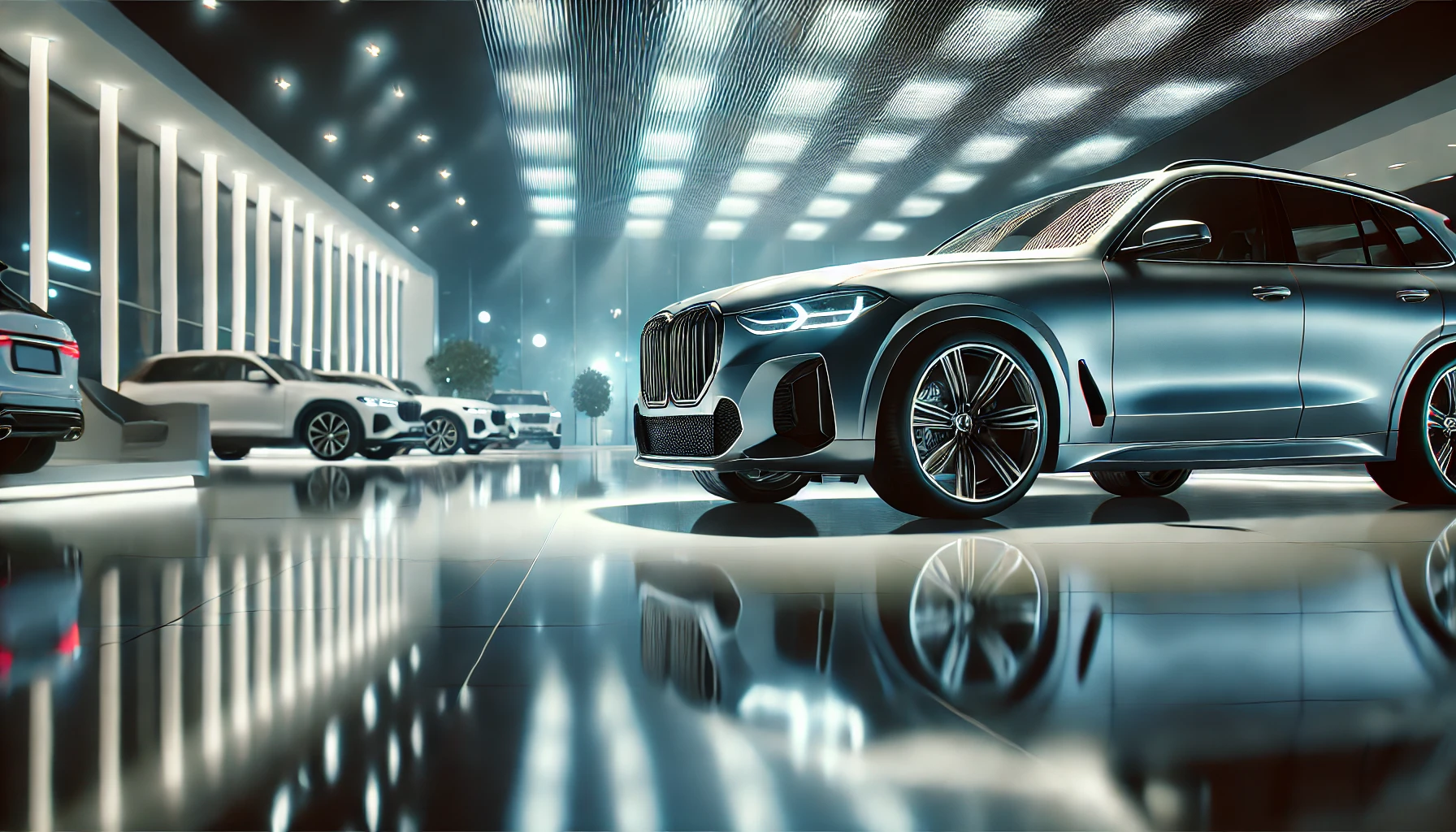Understanding “Idle Weight” of a Car: What It Means and Why It Matters
اخر تعديل: 2025-11-23 الكاتب: Sarah
[Car Tech Knowledge/ XNmotors]
When shopping for a car, whether new or used, you’ve likely come across various specifications and terms that can be confusing. One of these is “idle weight.” While it may sound technical, understanding what idle weight means can give you valuable insights into a vehicle’s performance, efficiency, and overall suitability for your needs. In this article, we’ll break down what idle weight is, why it matters, and how it influences your driving experience.

Image Source: AI generated
What Is “Idle Weight”?
In automotive terms, idle weight (also known as curb weight) refers to the weight of a vehicle with all of its standard equipment but without any passengers or cargo. This measurement includes the weight of the vehicle itself, along with essential fluids such as fuel, oil, and coolant, but excludes additional payload like passengers, luggage, or other items you might carry on a drive.
Essentially, it’s the weight of the car when it is “idling” or sitting still, ready to drive but not yet loaded with anything beyond its factory essentials. It is sometimes confused with other weight terms like gross vehicle weight rating (GVWR), which includes the total allowable weight of the vehicle once it is fully loaded with passengers and cargo.
How Is Idle Weight Measured?
Idle weight is determined by weighing the vehicle in a state where:
• It has a full tank of fuel (usually about 90% full according to standard industry practices).
• All required fluids (engine oil, transmission fluid, coolant, brake fluid, etc.) are filled to their proper levels.
• No passengers or additional cargo are present.
This measurement provides a baseline weight for the car, helping manufacturers and consumers understand how much the car itself contributes to its total mass when fully loaded.
Why Idle Weight Matters
Idle weight plays a crucial role in several aspects of a car’s performance, efficiency, and utility. Here’s why you should pay attention to it:
1. Fuel Efficiency and Performance
The lighter a car, the more fuel-efficient it tends to be, especially in city driving where frequent stops and starts are common. A lower idle weight generally means that the engine has to work less to get the car moving, resulting in better fuel economy. Conversely, a heavier car (with a higher idle weight) may consume more fuel, as the engine needs more power to overcome inertia.
2. Handling and Stability
A car’s weight distribution affects its handling characteristics. Vehicles with a lower idle weight are often more agile and responsive, making them easier to maneuver, especially in urban environments. On the other hand, cars with higher idle weights can feel more stable at highway speeds, making them preferable for long-distance cruising.
3. Towing and Payload Capacity
While idle weight doesn’t directly reflect a vehicle’s towing capacity, it provides an indication of its structural strength. Heavier vehicles typically have sturdier frames, which can support greater loads. If you plan to tow trailers or haul heavy items, you might prioritize a vehicle with a higher idle weight and a strong towing capacity.
4. Safety Considerations
Heavier vehicles, in general, tend to fare better in crash tests, as they can absorb more impact force due to their mass. However, advancements in automotive technology have made lighter vehicles safer through the use of high-strength materials and advanced safety features. Still, idle weight remains a consideration for those prioritizing safety.
Common Misconceptions About Idle Weight
There are a few misconceptions about idle weight that are worth clearing up:
• It’s not the same as Gross Vehicle Weight (GVW): As mentioned earlier, idle weight is different from the gross vehicle weight, which includes passengers, cargo, and any other additional loads.
• It’s not always an indicator of quality: While heavier cars might feel more solid, lighter vehicles can be more efficient and agile. The ideal weight depends on your personal needs and the type of driving you do.
• Electric and hybrid vehicles: These cars often have a higher idle weight due to the heavy batteries they carry, which can affect performance and handling in unique ways compared to traditional combustion engine vehicles.
How to Use Idle Weight When Shopping for a Car
Knowing the idle weight of a vehicle can help you make a more informed purchase decision. Here are a few tips:
• For city driving and fuel economy: If you mainly drive in the city, prioritize a car with a lower idle weight for better fuel efficiency and ease of maneuvering.
• For long-distance travel and towing: If you frequently go on long trips or need to tow, a vehicle with a higher idle weight and sturdy build might be preferable for stability and comfort.
• For safety: Families might prioritize vehicles with a higher idle weight, considering that these vehicles often perform better in crash tests.
Conclusion
Understanding the term “idle weight” can help you make smarter decisions when choosing a vehicle that suits your lifestyle. Whether you’re focused on fuel efficiency, handling, safety, or towing capabilities, knowing the weight of a car when it’s not loaded with passengers or cargo can reveal a lot about its strengths and weaknesses. So, the next time you browse car specifications, keep an eye out for the idle weight—it’s more than just a number; it’s a key indicator of how a car will perform on the road.
By considering factors like idle weight along with other specifications, you can find a vehicle that fits your specific needs and driving habits, ensuring you get the best value for your investment.
( Article / XNmotors Sarah )
التعليقات
لا توجد تعليقات حتى الآن. كن أول من يعلق.